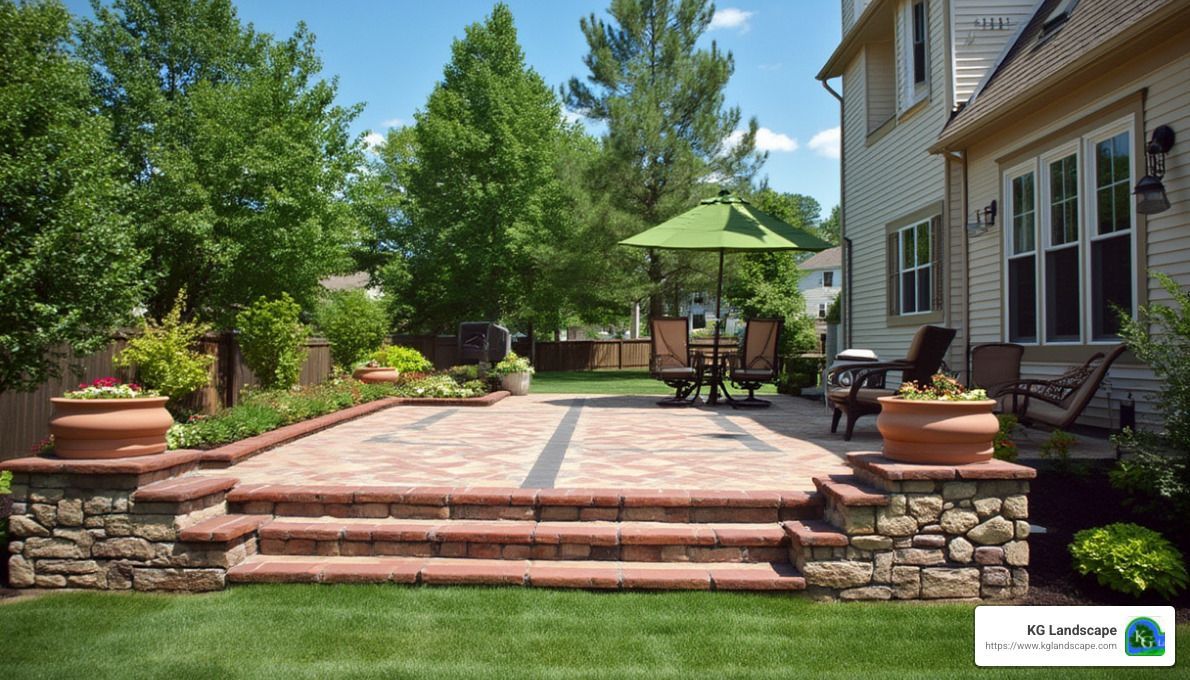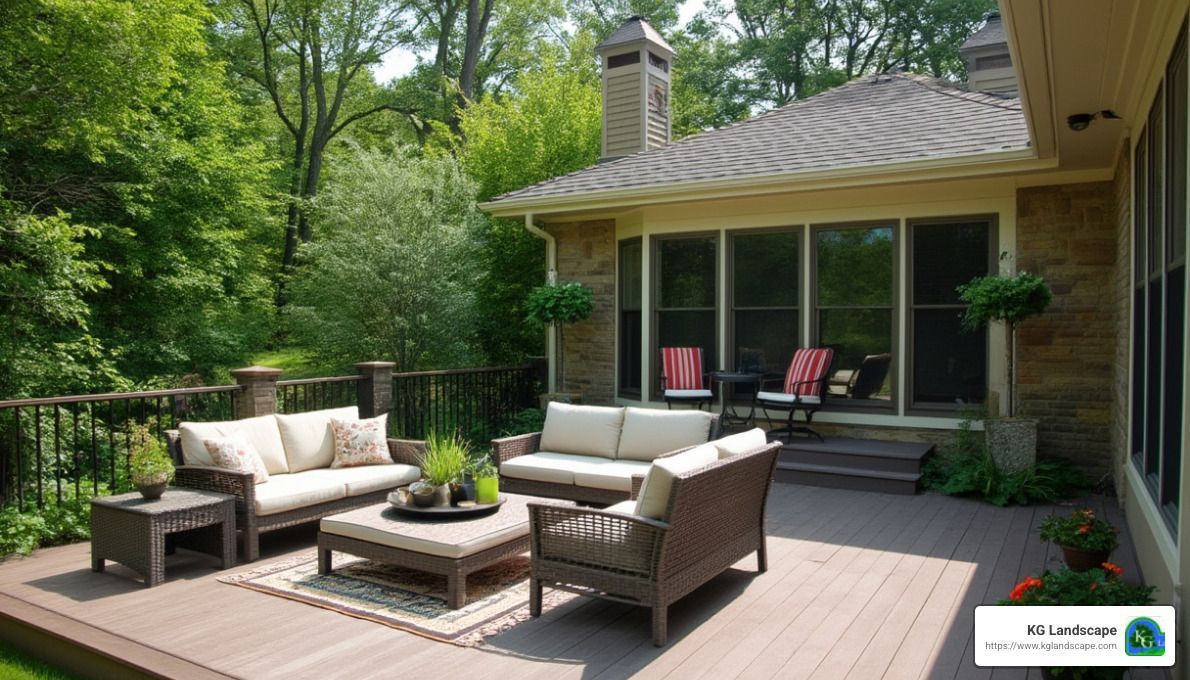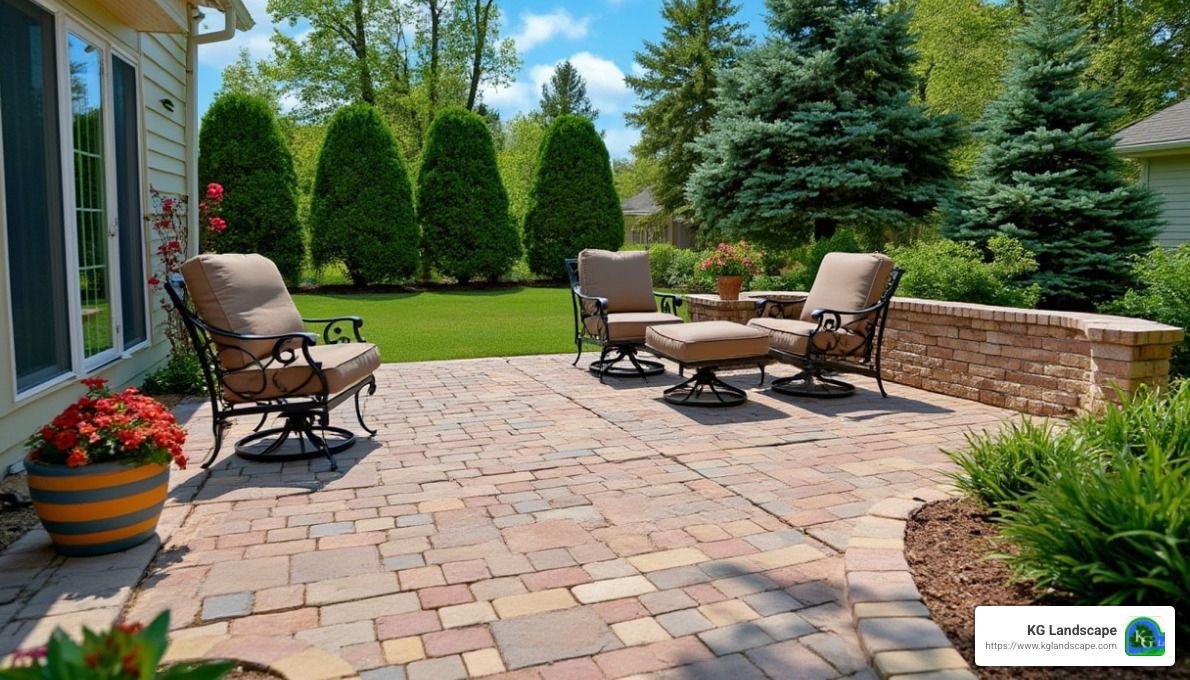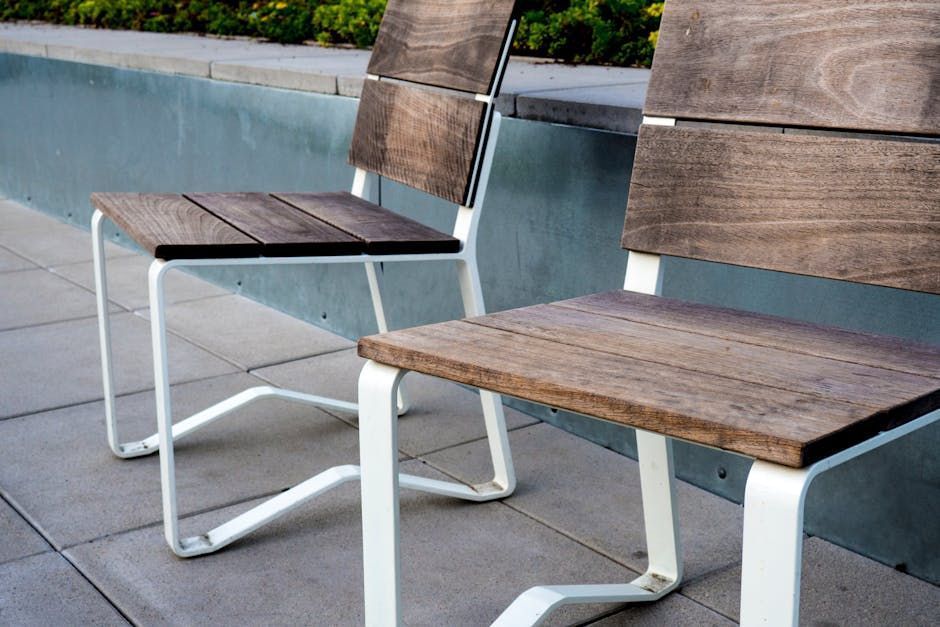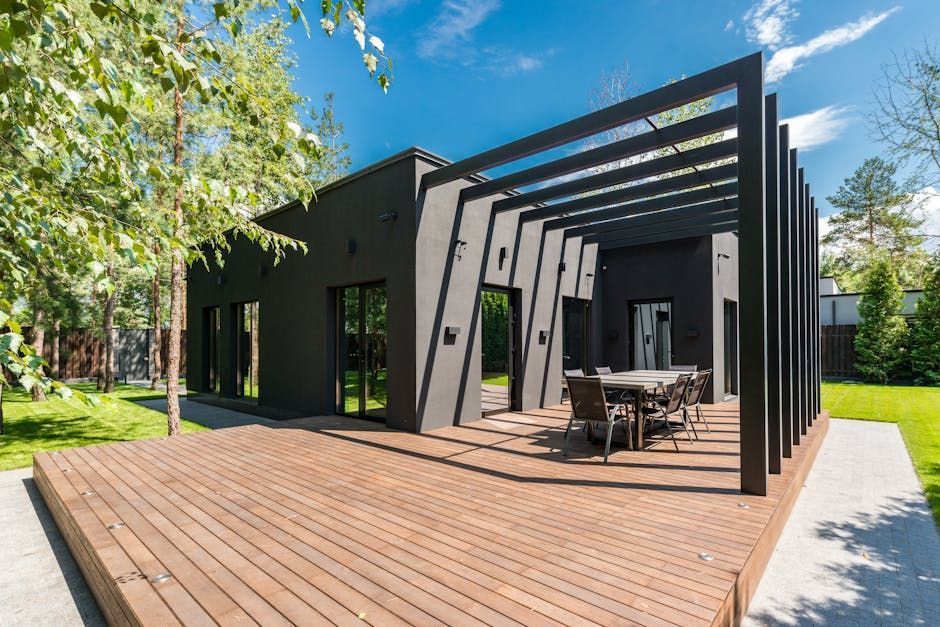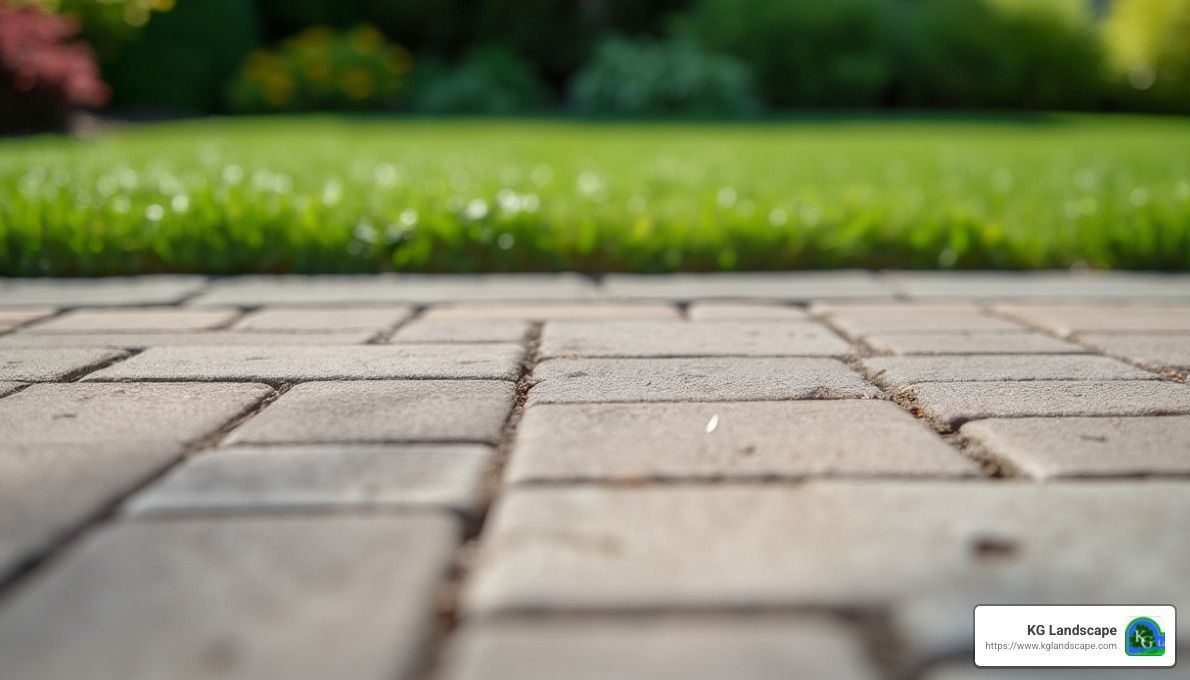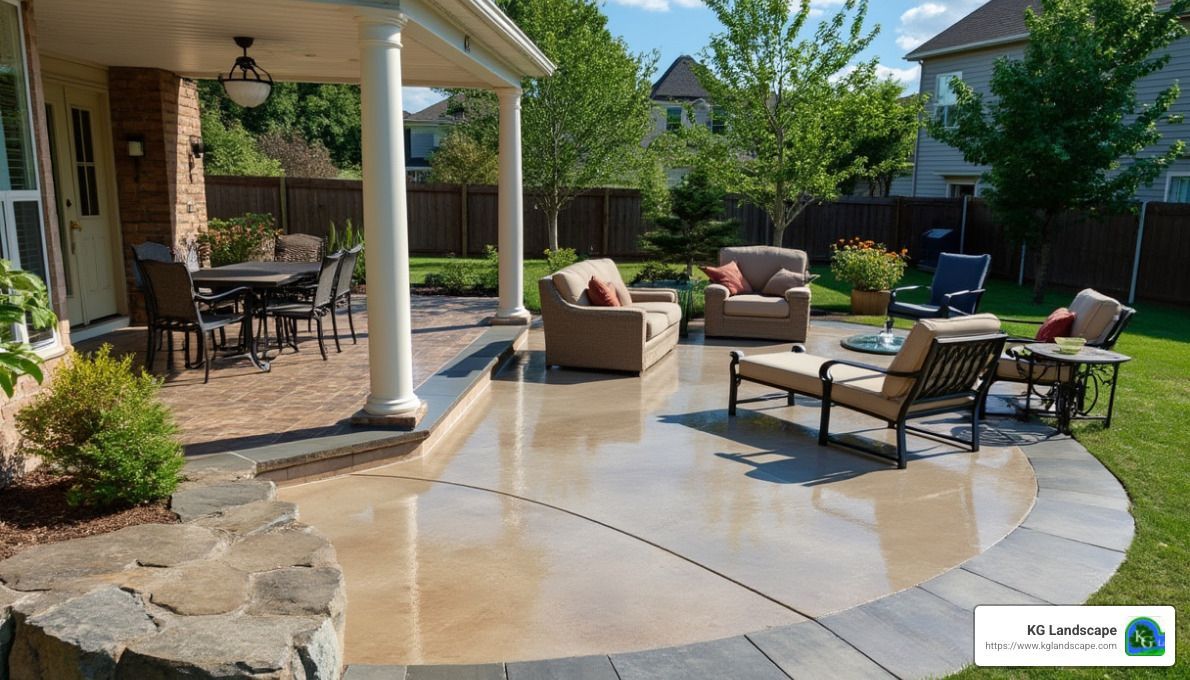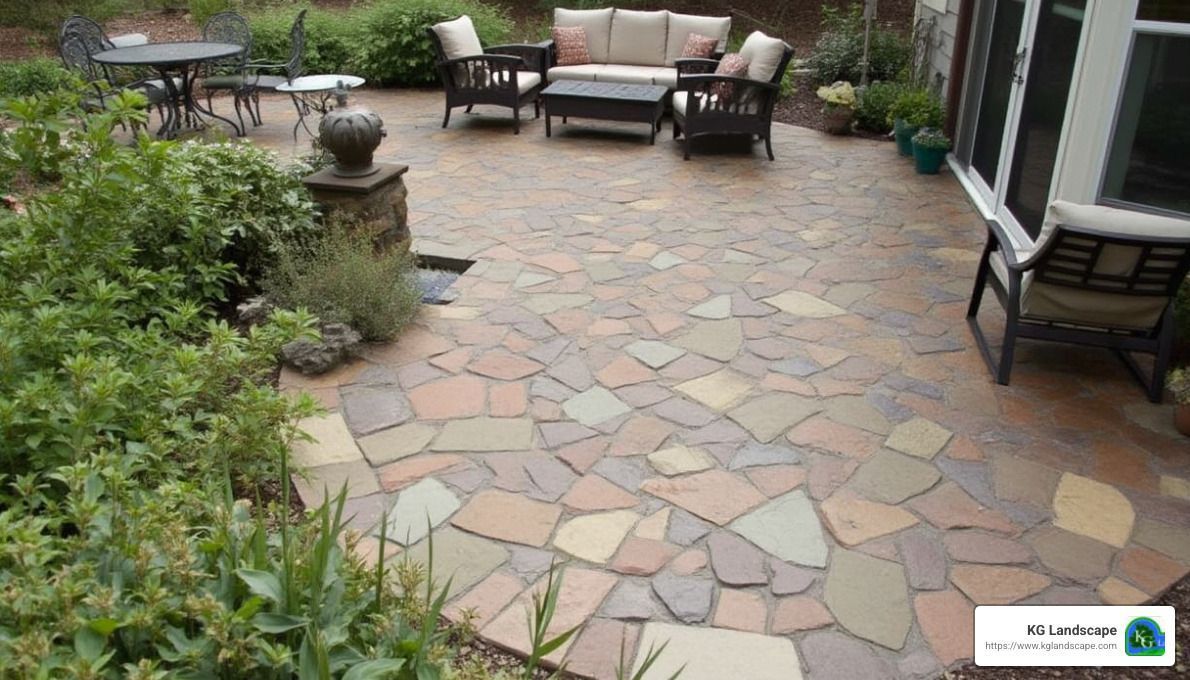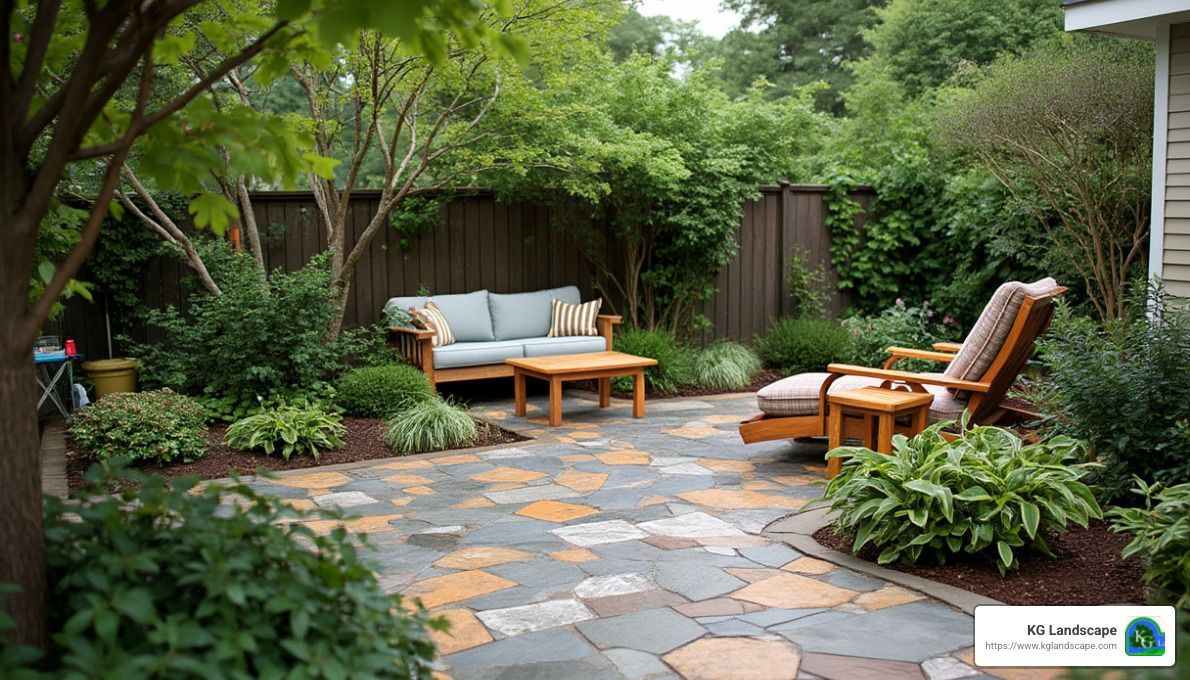6 Myths about Minnesota Lawn Care
It’s been a while since we’ve debunked common myths and misconceptions in the lawn care and landscape business. We covered irrigation myths
some time ago, and this time, we have some lawn care myths for you.
I know I thought some of these were true before working at KG Landscape
, so don’t feel bad if they hit a little too close to home!
1. “The only care my lawn needs is mowing.”
It turns out, a lot goes into keeping your lawn healthy, lush, and green. For example, many homeowners will aerate their lawns in the spring and fall. This process is done when the lawn has become compacted and removes plugs from the lawn, allowing water and nutrients to penetrate into the soil and into the grass’s roots. Not to fear—the plugs will break up and fill in the holes with loose soil in about four weeks.
If your lawn looks sparse
, mowing isn’t going to fix anything. At that point, you need intervention, and overseeding may be your best bet. Overseeding is done by first aerating the lawn, and then sowing grass seed.
And then there’s fertilizer
. Some people shy away from treating their lawns with fertilizer for various health and environmental reasons, which is understandable. However, fertilizer can help restore the nutrients your lawn needs, such as nitrogen, phosphorus, and potassium. When these are present in the correct proportions, your lawn will thrive.
2. “Planting native plants means I can just transplant whatever’s growing in the meadow next door.”
Not quite.
While this may seem like a good, cheap option, wild-growing plants aren’t necessarily native to the area. Many plants have become acclimatized to Minnesota, but may actually be invasive species
. The Minnesota Department of Natural Resources defines plants as being native to the area
if they were cataloged during the Public Land Survey in the years 1847 to 1907, which was in the early stages of European settlement.
Native plants can be extremely hardy in our climate, are beautiful to look at, and wonderful for attracting bees and butterflies, but do your research before planting anything. Plus, you wouldn’t want to accidentally—and illegally—transplant an endangered species!
3. “If I keep my lawn short, I won’t have to mow as often.”
For optimum grass health, you won’t want to cut more than a third of the grass height at any one time. Grass blades need some amount of length for photosynthesis—the process that keeps it growing. If the grass is cut too short, all that will be left is a little stub, which sometimes isn’t enough to produce more grass stalks. Most residential lawns can be kept at a height of two to three inches.
Another side effect of mowing only every so often is that the grass might be much longer when you finally do mow, creating a thicker layer of grass clippings. As we’ll discuss in Myth #5, grass clippings are good for your lawn, but in moderation. These longer clippings would have to either be bagged up or left to rot, depriving your lawn of nutrients on the one hand or suffocating the remaining grass on the other.
4. “If I don’t plant in spring, I’ve lost my chance for the year.”
This myth will make the procrastinators happy! (Or those worried about late frosts.) Planting in spring makes a lot of sense for plants like vegetables, which need the summer’s heat to produce our food by the end of the season. But some plants, such as grass seed, actually thrive when planted in fall. Temperatures are slightly cooler then, and some competitors have already gone dormant. Trees, too, can be planted in fall with little to no adverse effect.
Some plants do very well after being planted in the spring and can weather summer’s heat, but don’t stress if everything’s not in by mid-June. In many cases, you’ll have plenty of time after the worst of the summer heat has passed.
5. “I need to bag all my lawn clippings.”
If you’re cutting your lawn regularly, it’s not necessary to bag your grass clippings. In fact, clippings can be good for your lawn. The decaying grass will release water and nutrients back into the ground, helping keep your lawn fertilized. These clippings also contain remnants from fertilizer treatments, which will then get re-released into your lawn.
Some people bag their clippings in an attempt to cut down on thatch. However, while thatch is partially made up of dead organic matter, very little of it is actually from the grass itself. Most thatch is actually made up of roots and stems—harder material that doesn’t decay as easily.
The only time bagging would be very beneficial would be if a lawn hadn’t been mowed in a while and mowing resulted in clumps of grass. These clumps could have a hard time decaying and rot in place instead, creating thatch. Even in this case, clumps can be raked out onto the lawn, fixing any potential issue.
6. “I don’t need to water my drought-resistant plants.”
They’re drought- resistant
, not drought- proof. All living things need water, and this includes even the hardiest of plants. Though they can be low maintenance
, they do still need some care. Check to be sure the soil around the base of the plant is moist. If it’s dry, water enough to soak into the roots. Especially during a plant’s first year, you’ll want to keep a closer eye on the soil to be sure it’s staying moist.
There you have it, six myths about lawn care we’ve all heard at one time or another. If you have questions about your lawn care
or want to hire someone to take care of the job for you, our experts are ready to help. Give us a call at 763-568-7251 or use our quick quote system
to get in touch.
The post 6 Myths about Minnesota Lawn Care
appeared first on KG Landscape Management.



